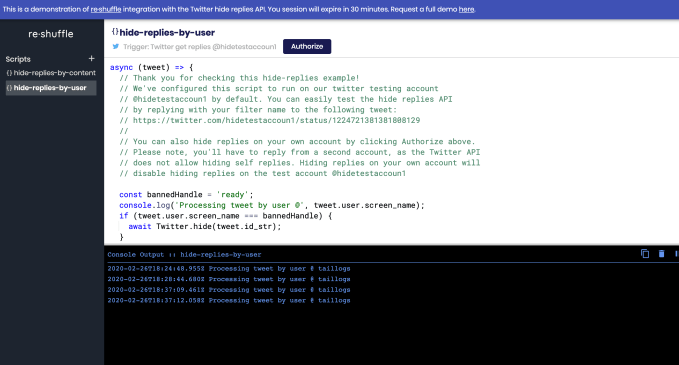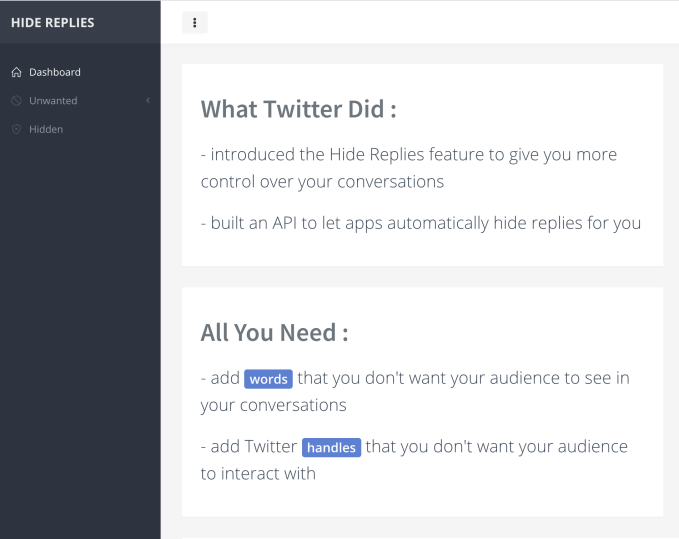Coronavirus fears prompt even more event cancellations, controversial facial recognition software is being used widely and DocuSign acquires Seal Software. Here’s your Daily Crunch for February 28, 2020.
1. Facebook cancels F8 conference, citing coronavirus concerns
Facebook has confirmed that it has canceled its annual F8 developers conference over growing concerns about the COVID-19 coronavirus pandemic. More specifically, the company says it’s canceling the “in-person component” — there may still be video presentations, along with live-streamed and local events, under the F8 umbrella.
At the same time, companies, including Microsoft, are pulling out of the Game Developers Conference over similar concerns. And the Geneva Motor Show was just canceled.
After claiming that it would only sell its controversial facial recognition software to law enforcement agencies, a new report in BuzzFeed News suggests that Clearview AI is less than discerning about its client base, and has in fact shopped its technology far and wide.
3. DocuSign acquires Seal Software for $188M to enhance its AI chops
Seal Software was founded in 2010, and, while it may not be a mainstream brand, its customers include the likes of PayPal, Dell, Nokia and DocuSign itself. (DocuSign previously invested in the company, too.) These businesses use Seal for its contract management tools, but also for its analytics, discovery and data extraction services.
4. Senate passes ‘rip and replace’ bill to remove old Huawei and ZTE equipment from networks
Written as a response to recent concerns around Chinese hardware manufacturers, the bill would ban purchase of telecom equipment from embattled Chinese manufactures like Huawei and ZTE. It also includes $1 billion in funding to help smaller rural telecoms “rip and replace” existing equipment from specific manufacturers.
The Disney executive has been openly thinking about retirement and searching for a successor — a search that culminated in this week’s announcement that he’d be stepping down from the CEO role immediately. But Iger’s succession planning hasn’t stopped him from solidifying Disney’s dominance of the entertainment business, a position designed to last long after his departure. (Extra Crunch membership required.)
6. ‘Robot’ was coined 100 years ago, in a play predicting human extinction by android hands
Published 100 years ago, R.U.R. (Rossum’s Universal Robots) by Czech writer Karel Čapek is best remembered for bringing the word “robot” to sci-fi — and English, generally.
7. Catching up with Startup Battlefield
We’re trying out something new: As you (hopefully) know, TechCrunch hosts a number of Startup Battlefield events, and afterwards, those startups often go on to do interesting and newsworthy things. But there are so many Battlefield alumni at this point that we can’t cover every announcement. So occasionally, I’ll be rounding them up here.
This week, we’ve got news from Berlin 2019 competitor Nodle.io, which is crowdsourcing the connectivity of smart sensors by offloading the task to smartphones. And Nodle announced this week that it has acquired Internet-of-Things security company Brickchain.com.
The Daily Crunch is TechCrunch’s roundup of our biggest and most important stories. If you’d like to get this delivered to your inbox every day at around 9am Pacific, you can subscribe here.
Source: Tech Crunch





